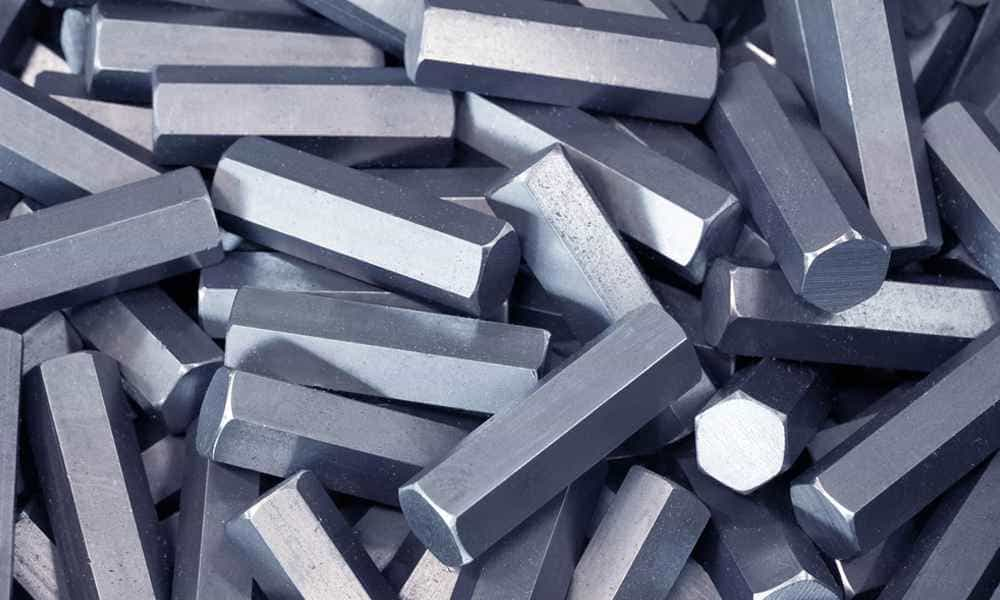Discover Fascinating Facts about Nickel
Abundance in the Earth’s Crust
Nickel, symbolized as Ni and atomic number 28, is an abundant chemical element found in the Earth’s crust. It constitutes about 0.008% of the crust’s composition, making it one of the most abundant elements.
Versatile Metal Properties
Nickel possesses remarkable properties that make it highly valuable. With its silvery-white appearance, nickel is a ductile and malleable metal. It exhibits excellent resistance to corrosion, making it highly suitable for various industrial applications.
Impressive Corrosion Resistance
Nickel’s exceptional corrosion resistance sets it apart. It remains resilient even in harsh environments. Consequently, nickel is commonly used as a protective coating or alloyed with other metals to enhance their resistance to corrosion. Stainless steel, a widely used material in construction, kitchenware, and transportation, owes its durability to the presence of nickel.
Crucial Alloying Agent
Nickel’s significance as an alloying element cannot be overstated. It enhances the strength, toughness, and heat resistance of alloys. Nickel-based alloys find extensive use in aerospace, automotive, electronics, and energy industries, contributing to the creation of high-performance materials.

Magnetic Marvel
Nickel exhibits ferromagnetism at room temperature, meaning it can be magnetized and is attracted to magnets. Its magnetic properties enable the production of magnets, electrical devices, and rechargeable batteries, contributing to various technological advancements.
Integral to Industries
Nickel plays a vital role in numerous industries. Its primary application lies in the production of stainless steel. The addition of nickel imparts corrosion resistance, strength, and aesthetic appeal to stainless steel, making it indispensable for construction, kitchenware, and transportation sectors. Additionally, nickel is instrumental in the manufacturing of non-ferrous alloys, superalloys, and specialized materials used in diverse industries.
Historical Use in Coinage
Nickel has a historical connection to coinage. It has been used in coin production, particularly in the alloy known as cupronickel. This alloy combines nickel with copper to create coins that are durable, resistant to wear, and corrosion-resistant.
Contributing to Health Sector
Nickel finds applications in medical and dental fields. It is used in medical equipment, dental materials, and prosthetics due to its biocompatibility and durability. However, it is important to note that some individuals may be allergic to nickel, and extended exposure can cause skin irritation or allergic reactions in sensitive individuals.
Global Production Leaders
The largest nickel producers globally include Indonesia, the Philippines, Russia, Canada, and Australia. These countries possess abundant nickel reserves and contribute significantly to global nickel production.
Environmental Considerations
Nickel mining and processing can have environmental impacts, such as land disturbance, water pollution, and emissions. Implementing sustainable practices and responsible mining techniques is crucial to minimize these effects and ensure the responsible extraction and utilization of nickel resources.

Discover the remarkable world of nickel, a versatile metal with diverse applications. From everyday items to cutting-edge technologies, nickel’s unique properties and abundant supply make it an indispensable element in our modern world.

